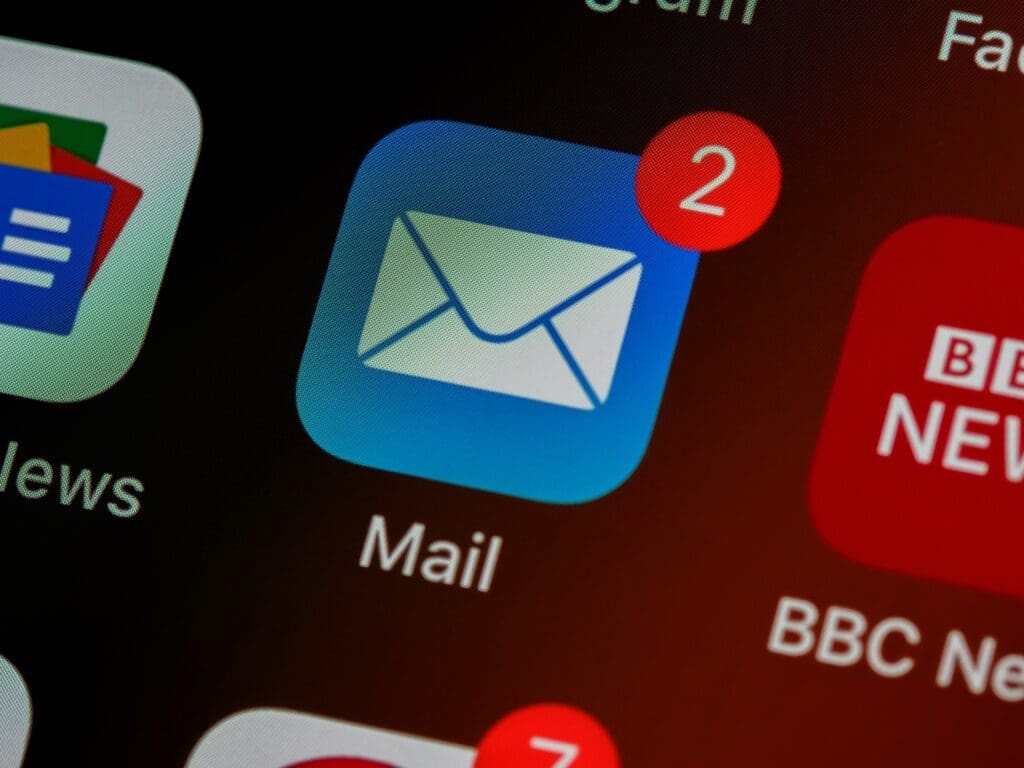How to Create Emails Your Customers Actually Want to Open

Emails are reliable ways to start and maintain an ongoing conversation with your customers. Although channels like social media enable your team to provide concise information quickly, they may get lost in the cracks of cyberspace (i.e., ignored). On the other hand, email marketing delivers directly to a customer’s inbox so they are much harder to miss. Also, they present a professional image that builds your brand’s credibility.
Yet, your emails may still end up getting discarded without a second thought if your team lacks the proper scheduling and distribution strategy. We share the strategic steps in making your emails “read-worthy” to score higher open rates and customer responses.
Create Emails That Resonate With Audiences From the Start
Personalization begins with an optimized subject line, which offers a preview of your email content. That’s probably why 96% of businesses believe that personalization improves email marketing success.
Avoid words that sound sale-sy or pushy, and consider adding contextual keywords that mean something to your reader. For example, if your email campaign targets new parents, consider a subject line that offers practical, relatable solutions, such as “no more sleepless nights with our advanced cot.”
It’s important to address your customer by name instead of using a generic salutation that makes your email seem like a bulk-sent message, which isn’t a good look since it lacks sincerity. Essentially, you need to establish a personable first customer interaction to keep recipients interested and at ease so they’re more receptive to the rest of their brand journey.
Prioritize Audience Segmentation
Personalized emails require a deeper understanding of your target audience’s profiles and preferences. Landing pages on your business website are effective channels for gathering the insights needed to segment your visitors and optimize your emails accordingly.
Similarly, you could give your newsletter subscribers a friendly welcome email that explains what they can expect from your team and follow up by requesting their interests and preferences. You might include a link to a product poll or landing page that collects valuable insights that help streamline future email campaigns.
Write Like a Human
Your subject lines should maintain a human-like conversational flow throughout your emails.
Consider writing to your customer as you would to a close friend by using a natural tone when presenting news, updates, and offers. While doing so, you should limit or eliminate jargon and promotional language that disrupt the cadence of your conversations.
Customer personas are a great way to position your perspective and improve the quality of your email messaging. You can create these profiles by identifying the age, gender, and location of your target audience and determining their general needs and preferences. HubSpot’s Make My Persona tool is an excellent starting point for building powerful audience engagement strategies with detailed profiles.
Entice With Visuals
No one wants to read a wall of text in an email. Use graphs, charts, and images strategically to help make emails more inviting to your recipients.
Your emails should also feature short paragraphs and empty spaces that allow your recipients to browse through copy at a glimpse. Considering that an estimated 41.6% of emails are opened on mobile devices, you need to make your emails as easily viewable as possible.
Closing Thoughts
Creating a personalized and impactful email is a cost-effective way to get your customers on board for the long term. Ultimately, when you give customers a reason to care about your emails, you create a powerful motivation to connect with your brand.





